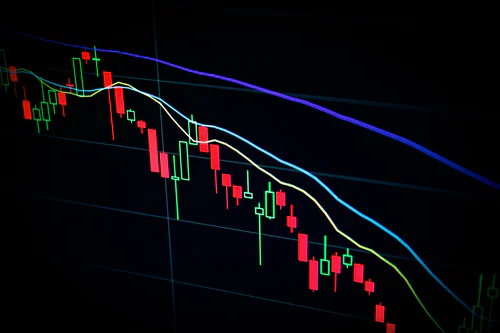Buying and selling currency is one of the most active markets globally. Forex trading has an average trading volume of $6 Trillion. With that much money on the table – it might be good to consider why or how these people are moving so much money daily.
What is Forex
Buying and selling forex involves placing a trade on the upward or downward price fluctuations of a currency pair in the hopes of profiting. All forex trading includes the purchase of one currency and the sale of another, which is why it is expressed in pairs. If you anticipate the base currency strengthening versus the quotation currency, you will buy the pair; on the flip side, you would sell if you predicted the price would go down.
The price of a forex pair is the amount of money that one unit of the base currency is worth compared to the quoted currency. For example, if the GBP/USD rate is 1.32000, that signifies that £1 is worth $1.32.
Can You Sell Currency Without First Purchasing It?
You may sell currency without first purchasing it; this is referred to as short-selling or going short. Short-selling a currency indicates that you believe its value will decline and thus' sell.' The more significant the price drop, the greater your profit.
How to Buy And Sell Currency Pairs
Decide how you will trade Forex: There are two primary approaches: forex trading on the spot or through a broker. Trading on the spot would mean you are the one executing the trading through to the market. You decide when to trade, how much, and in which direction. Trading through a broker requires more planning, and you are at the mercy of the professionals. (Depending on your experience, this may not be such a bad thing)
Discover how the forex market works: A network of banks buys and sells currencies. This is referred to as an over-the-counter (OTC) market. OTC trading usually has an increased risk because this trading takes place when the market is closed, and value is purely set on supply and demand.
Open a trading account: You can open a forex trading account in minutes, and you are under no obligation to contribute cash until you wish to place a trade. Many places have a demo account that you can use to practice with at first.
Create a trading strategy: a trading plan removes emotion from your decision-making and gives structure to when you start and exit your positions. This is vital. Often when one is trading, emotions run high. When you start seeing the numbers on the platform changing, having a solid strategy can ensure you are set up in the best way for success.
Select a forex trading platform: Most forex trading platforms, like MT4, may be tailored to your trading style and preferences, with customizable alerts, interactive charts, and risk management features. At first, this won't be a deal-breaker, but as you get the hang of trading, you will see the benefits of having certain customizable features.
Open your first position: decide whether to buy or sell, input the size of your position, and apply risk management actions.
When to Buy Forex
When to buy and sell forex is determined by various factors, such as your FX trading strategy. Many traders think that the optimum time to buy and sell currency is when the market is most active — when liquidity and volatility are highest.
The UK FX market is busiest shortly after the London session opens at 8 a.m. (UK time). Trading often becomes less liquid at about 10 a.m. (UK time) and then resumes once the American markets open at 12 noon (UK time).
Risk Management
Forex risk management implements a set of rules and methods to guarantee that any unfavourable consequences of a forex deal are managed. Using an appropriate risk management technique, you will have more control over your FX transaction earnings and losses.
To successfully limit your risk when trading Forex, follow these steps:
- Learn as much as you can about the currency market.
- Understand derivative products and leverage.
- Create a trading strategy that is unique to you.
- Determine a risk-reward ratio.
- To reduce your hazards, use stops and limitations.
- Control your emotions.
- Keep an eye on the current events and news.
- If you need more time, start with a demo account.
Summary
- Speculating on a currency pair's upward and downward price movements is what buying and selling in forex entails.
- All forex trading includes the purchase of one currency and the sale of another.
- If you expected the base currency to rise versus the quotation currency, you would purchase the pair, and if you expected it to fall, you would sell (short).
- A forex pair's price is how much one unit of the base currency is worth in the quotation currency.
- When the market is most active, liquidity and volatility are high, which is often the optimum time to buy and sell currencies.
Trading currency is something that millions of people do daily. Here is some clarity on how this is done and some tips to ensure it’s an overall good experience.






